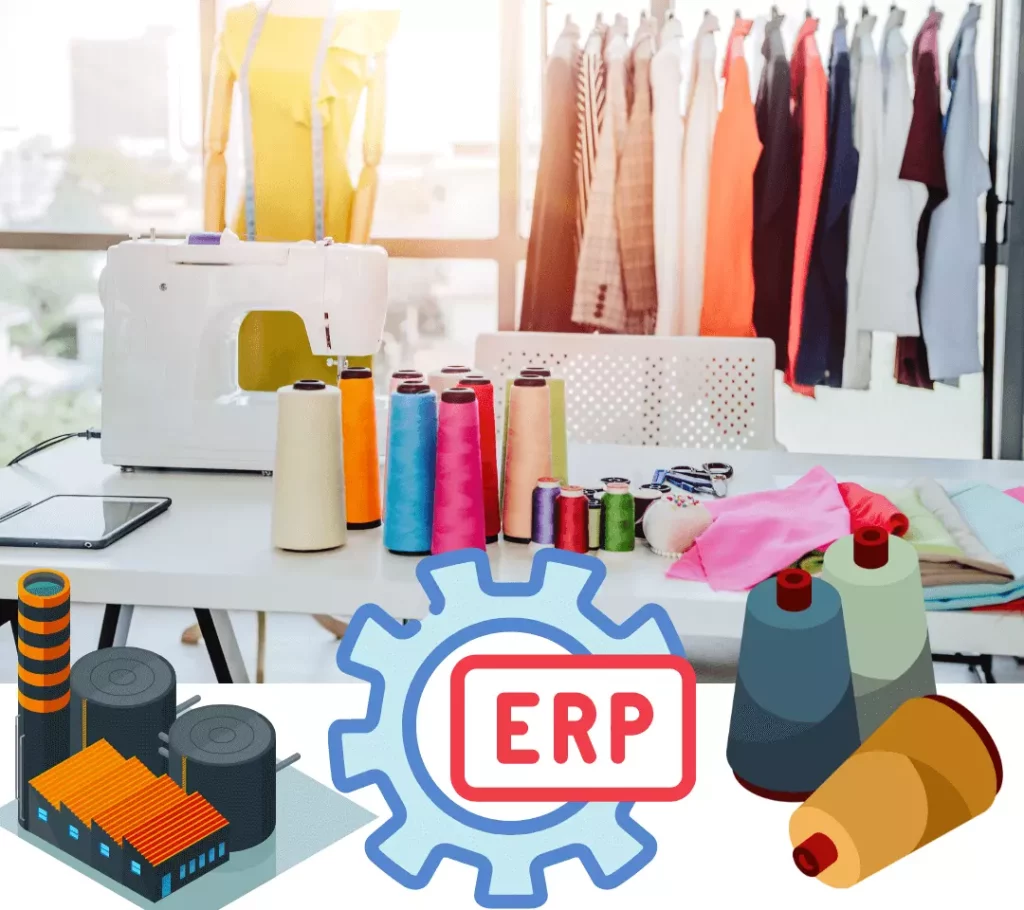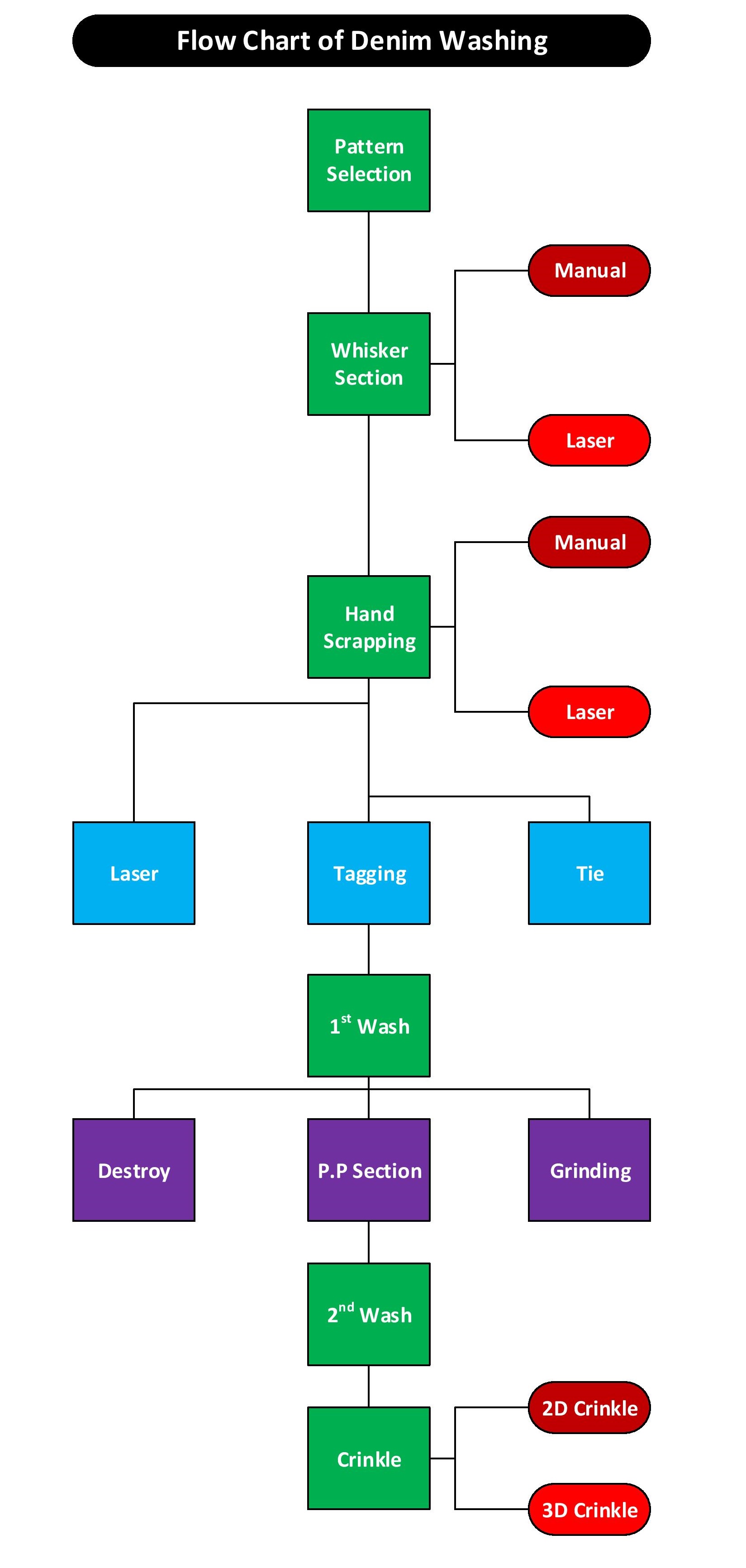Do you run any apparel business or any clothing venture? If yes, you are already aware that reaching your customer through drop shipping, online directory, and the online marketplace is difficult yet a great profit source. When your revenue starts to touch the sky along with the big business data, it becomes a complex scenario to organize the various aspects of your business. ERP software can enter your business right that moment and assist you in figuring out daily operations. This entire article is about streamlining your activities through ERP software, which helps create data-driven projects smoothly.

What is ERP?
ERP in short, enterprise resource planning, is software that organizations use to manage their business’s day-to-day activities. ERP helps not only in the aspects of accounting but also procurement, risk and project management, compliance, and of course the operations of the supply chain. An ERP of a complete version includes enterprise management, the performance level, the software that includes the plan, budget, all the business reports, and predictions of financial outcomes.
Besides, ERP systems are organized in a way that provides a unified data view with the ability to quickly analyze it. ERP has several modules that work together intending to provide the necessary updates for a running business. On the other, ERP software system provides businesses with the truth of a single source that provides the tools to make informed decisions.
Do You Need ERP Software in Apparel Industry?
This is the initial step of determining whether you need ERP software in your apparel business. Well, it is completely known to all that technology has made its appearance with an effortless business process, especially in the apparel sector.
The industry has multiple divisions to manage if you are an owner, you know that. As a seller, if you decide to own a warehouse with inventory management, then it becomes evident that you may need software to handle the management swiftly. Managers or owners must know what is there in the warehouse and how to deliver products with a more efficient approach.
When and whether you need ERP software depends on the reasons that compel your initiative to know the process. Check out these given points to see whether you need this ERP software at this moment or not. The points are in a list of reasons given in the following:
- Your existing operation management is insufficient and in-efficient
- Inventory results come in an inaccurate form
- Customers are not happy with the existing system
Losing track of several spreadsheets is very common but not able to track the inventory accuracy is not expected at all. This common mistake leads to a dissatisfied customer who is eager to return the products that you have worked hard to dispatch.
Streamline Manufacturing Process with ERP
One of the main challenges for any apparel business is the management of raw materials. ERP software offers a solution to cope up with many clothing companies to handle different situations such as ordering materials that are surplus, or obsolescence, and ordering supplies of insufficient amounts. ERP system automates the manufacturing process intending to determine the required raw materials quantity including its cost.
Key Elements of an ERP System
An ERP system consists of several components which aim to help apparel businesses or any other organizations to streamline operations, and decision-making, and boost efficiency. Key elements of an ERP system include:
ERP software: ERP system has a core component named ERP software. It is a cloud-based as well as an on-premises system that helps to manage the business aspects from financials to customer relations.
Automated Workflow and Process Management: This is the component that helps organizations to streamline their monitoring compliance and automated tasks.
Reporting and Dashboards: These provide real-time visibility to the performance of your apparel business throughout departments and are functionally based.
Business Intelligence and Analytics: This component helps to organize and analyze data from the ERP system to gain decision-making insights for your business.
Access to Mobile: It allows the users to access the ERP system anytime on any device, be it mobile devices as well.
Security and the management of Compliance: It helps the apparel business in ensuring data security and compliance following the industry standard.
How to Use ERP in Apparel Business?
ERP or an enterprise resource planning system is outstanding for users and setup. If you have already figured out your data in an accurate position, ERP will be able to support you to make the process efficient to access data in need. This efficient movement is expected from ERP since you have invested in getting the software. Whether the ERP sounds amazing or works without making any errors depends on the implementation from your side. Here are some issues that you must consider before implementing the ERP software in your business:
Requirements of your business
ERP software knows your business and its every in and out. It is a positive engine that brings changes to your business with a competitive advantage.
Users of ERP
Adopting an ERP system means Adopting staff on the board. It depends on how well you perform and how well the software works. Make sure your staff, who are going to use the software has received proper training with desired objectives. Accomplishing this small task at a preferred location can give you an e-learning solution as well.
Third-party App Integration
ERP software systems may involve third-party devices such as barcode readers or machines of POS. There are available software packages that you must find out with an end-to-end solution.
Scalability
Make sure the selected ERP system has the ability to scale up your business with the support of your distribution channel. Question yourself, whether the software will go to help your company to compete in the worldwide market. If the ERP system does not keep growing up according to your success rate, consider not taking the software as the right system for the business.
Types of ERPs: Cloud Vs. On-Premises ERPs
ERP system comes with some solutions that meet the needs of businesses. ERP solutions are customizable for any business and offer extensive functionality and proper scalability for businesses. ERP systems come with two main options: cloud-based and on-premises.
Cloud-Based
Cloud-based ERP systems use the technology of computing to store and process data in the cloud server. This cloud-based ERP system is easy setting up. It tends to be less expensive because there is no such need of purchasing hardware or pay for any IT support.
On-Premises
This on-premises ERP system requires physical hardware and software to get installed and maintained on the site. The upside is that the company takes complete control over the data to get tailored it according to the needs.
What are the Benefits of ERP in the Apparel Business?
ERP software has brought together a few tools that help to manage a company’s operations on both external and internal sides. ERP does not require relying on several systems. Because the company uses an ERP system and business owners rely on many programs for operations. With an ERP, your apparel business will be more optimized with the following benefits:
Communication Improvement
ERP system collects data and arranges it according to the needs of the users. All the records require your operations, inventory details, and staff information. As a result, when you are looking for pulling files for specific purposes, it makes communication more efficient and time-saving.
Inventory Management Gets More Effective
Inventory management requires keeping track of stock stored in the warehouse. It is critical for any apparel business if it requires manual operation. ERP contributes to better inventory management and categorizes items based on vendor, price, color, and style. It also adjusts the item according to the demand and dates.
Cost Reduction
Your business operation may get interrupted and delayed and in the long term, your business loses its reputation. With ERP, you can collaborate with different business processes across different departments to recognize the issues and produces better and more efficient solutions.
Query Management Improvement
In an automated production and inventory process, it is easy to respond quickly to suppliers or any customer inquiry. Your apparel business must have a customer service department, ERP works quickly and efficiently in an area to connect to supply chain management. An ERP system helps to unify the orders list and allows the tracking of the online transaction of sales and delivery dates.
Reporting Becomes More Accurate
With the help of ERP, it becomes easier to help your apparel business by getting business intelligence tools and machine learning abilities. ERP also enables you to evaluate the information and to identify data to generate more performance insights in the real-time world.
How to Optimize Inventory, Sales, and Operations with ERP?
Optimizing inventory becomes easier with the coming age of ERP.
Inventory
In this case, in optimizing inventory with ERP, it is easy to-
- Manage different warehouse operations by creating cost sheets for the expected buyers
- Manage inventory roll-wise or lot-wise.
- Receive real-time visibility of goods and dispatch services in all designed locations
- Set up business rules for delivery schedules.
Sales: Accounting and Management of Financial Aspects
ERP helps you in getting the full view of your business’s financial performance to meet the features of:
- Accounts receivable
- Accounts payable
- Sales and Purchasing
- General entries, ledger, and balance sheet maintain
- The creation of price lists with discounts and adjustments
Operations
ERP helps in overall business operations by increasing sales for potential clients. An effective cloud ERP system handles the product rotations easily with the consumer demand analysis in providing customized sales accounts.
Conclusion
If the ERP system is not in the right place in your business, then understanding and evaluating customers with their demands can be a task of total risk. ERP includes all the features to run the apparel business. It can be a wise decision to create for competing in the fashion sector and integrating that with the business operations. The operations include raw material procurement to inventory management all. To practice more efficiently, ERP has no other alternative an apparel business can seek for.



